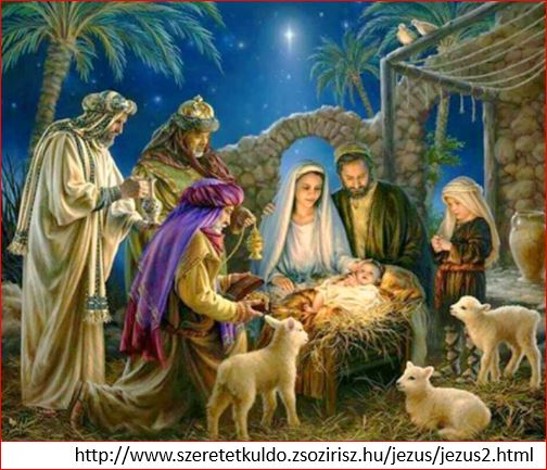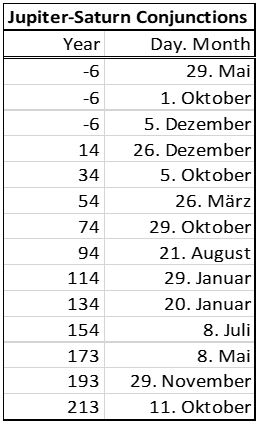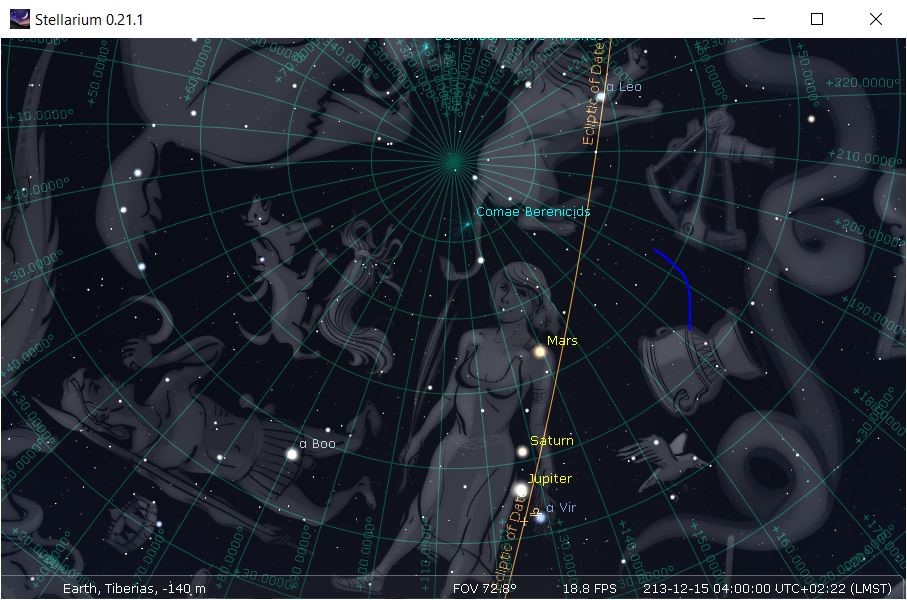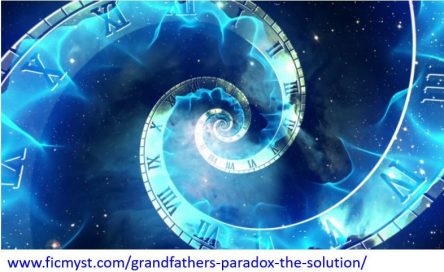
We have seen that Jesus was not born on 25 December. The Roman Church made 25 Dec the day of his birth centuries later. Teres placed the year of Jesus’ birth on 7BC, between the first census of Emperor Augustus (8BC-7BC) and the date of the death of Herod the Great (spring 4BC).
In this short period, Teres identified the great Jupiter-Saturn conjunction based on Kepler’s conjecture and the legend of the Star of Bethlehem.
Unfortunately, we have no concrete historical data, so we can only start from these legends.
Furthermore, it is told that “three kings” came from the Orient to pay homage to the Child according to an older prophecy and guidance by the stars. Today we know that the three kings were neither kings of Eastern kingdoms nor rulers but wise men from the Orient. They were sages, “magi”, who knew astronomy and astrology. Today, we would say they were astronomers and astrologers, two closely intertwined disciplines at the time.
It is an essential fact that in ancient times Jupiter was the “king star”, the “star of the lord of the world”, the symbol of the supreme deity in Mesopotamia, Rome and the ancient Greeks, too, under the name Zeus.
Saturn (Kewan) is the Sabbath planet, a reference to Judaism.
The keywords in the “Three Kings legend of Bethlehem” are the number 3, star, infant, and king; these words may form the basis of the “retrofitted tradition”.
In short, the currently accepted view is that Jesus was born after the “Jupiter-Saturn conjunction” in 7BC.
It is known that there were three J-S conjunctions in 7BC (-6), which is an infrequent phenomenon. In fact (verified with the Stellarium sky simulator program), the October conjunction as a “near position” started in March in the eastern sky and was completed in late February of the following year in the western sky. This image wandered across the sky as a “guiding star” from East to West every night for several months.
In BC7, Jupiter and Saturn almost overlapped in the sky three times. The keyword "three" appeared! Let's look at what happened 220 years later.
By transforming the years 8BC-7BC (Augustus’ census no. 1.) 220 years forward, we arrive at 213CE-214CE. The new date of Herod’s death brought forward 220 years is the spring of 217CE.
We would come closer to justifying our theory if we could identify the time of Jesus’ birth within this period, i.e. between the end of 213CE and the spring of 217CE, while retaining the statements of the legends, their essence and keywords.
Two hundred nineteen years later, in 213CE, there was also Jupiter-Saturn conjunction on 11 October in Virgo. (11 October is now in Libra due to precession.)
The Jupiter-Saturn close position began in August 213CE and lasted for one year in the western sky, extending into 214CE. (The cycle time of Jupiter Saturn conjunctions is a little shorter than 20 years, 19.86 years.)
Let’s look at the table of Jupiter-Saturn conjunctions for the entire period in question.

Source: Astrologer Richard Nolle’s 3000-Year Jupiter-Saturn Conjunction Table (astropro.com)
This conjunction in 213CE moved across the sky as a “guiding star” each night from East to West, like in BC7. You can see the “rising” conjunction in the Stellarium photo below.

The sages saw what we also see in the retrospective planetary simulation. They could see that Mars had just passed through the constellation Leo. They also knew what celestial event was about to happen! Let’s have a look at what happened in the sky!

The peculiarity of this co-position is that from mid-December 213CE, Mars also gradually turned in a “slight arc” from Leo to Jupiter-Saturn, forming a very rare “close trine”.
The keyword number 3 of the “three kings” appeared! Such extraordinary triple conjunction of the three planets occurs about every eight hundred years.
The Jupiter-Saturn-Mars close alignment happened in the sign of Virgo. The constellation of Virgo symbolised the virginity of Jesus’ mother, Mary.
The planet Mars has traditionally been a symbol of the “community leader” (e.g., a war leader and therefore also the war, but a religious leader, too.).
As the Stellarium photo above shows, the orbital direction of Mars’ motion was from the brightest star in the sign of Leo, Alpha Leonis, towards the Jupiter-Saturn pair.
The ancient name for Alfa Leonis, still in use today, is REGULUS, which means little king, little prince. The “infant king” keyword combination appeared, too.
At dawn on 6 January 214CE, the extraordinary triple conjunction was almost in the centre of the Nazareth celestial dome, and Mars was aligned nearest to Jupiter-Saturn. Mars, as seen from Earth, sometimes makes retrograde motions that loop. At this point, Mars stopped and soon moved away from the Jupiter-Saturn pair again.
The celestial stopping of Mars symbolised for the "wise men of the East" that they had arrived at the birthplace of Jesus.
This is shown in the following Stellarium photo.

Let us see the clip of how Mars joined the Jupiter Saturn conjunction and how the 3 planets crossed the sky:
between 1 October 213CE and 10 January 214CE
In my opinion, it is reasonable to assume that these “3 bright stars”, the planets Jupiter, Saturn and Mars are the “Star of Bethlehem”. Therefore, this celestial phenomenon could be the origin of the “Legend of the Three Kings from the East”.
This results in the new date of Jesus' birth 6 January AD214, the day of today's Feast of the Epiphany.
It became understandable why the early Christians originally celebrated Jesus’ birthday on Epiphany (Epiphania Domini). Orthodox and Coptic Christians still celebrate Jesus’ birthday, Christmas on 6 January.
We have seen that a period of 220-years can be inserted while retaining or, better to say, finding the keywords of the “three kings” legend again.
Comment:
Despite the astronomical correspondences above, likely, we shall never know the actual date of Jesus’ birth. It is possible that the Bethlehem legend of the three kings in Matthew’s Gospel, the only source, is an afterthought. However, since it was a well-known legend, it had to be considered in making the “confusion” of post-Christus chronology. Since it is only a legend, it remains uncertain whether the date of Jesus’ birth is related to the Jupiter-Saturn conjunction or whether it is merely Kepler’s conjecture.
